15 Steps to Take if You Have High-Interest Debt
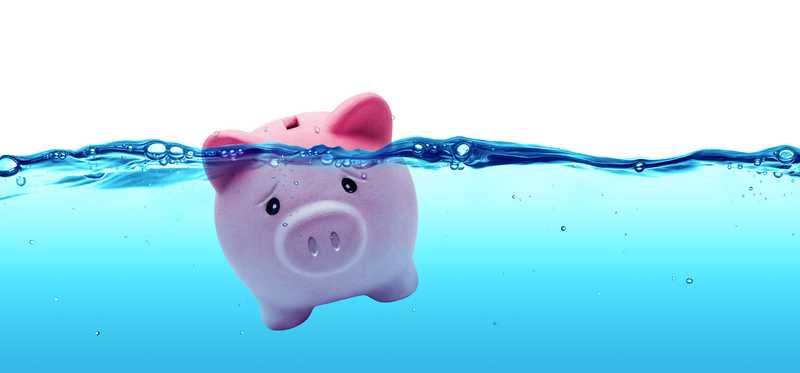
15 Steps to Take if You Have High-Interest Debt
High-interest debt can devastate your finances
Some debt, such as mortgage loans, comes at a low interest rate and is used to buy an asset that goes up in value. This kind of debt is widely thought of as "good debt."
But there's also bad debt. This is high-interest debt, such as credit cards or payday loans. When you take on this kind of debt, you'll get stuck sending a lot of your money to creditors with little to show for it in the end.
High-interest debt makes all your purchases costlier due to the interest you pay. It also robs you of financial flexibility since you're committed to monthly payments.
You'll want to pay this kind of debt off ASAP. These 15 steps can help you do just that.
5 Winning Stocks Under $49
We hear it over and over from investors, “I wish I had bought Amazon or Netflix when they were first recommended by the Motley Fool. I’d be sitting on a gold mine!” And it’s true. And while Amazon and Netflix have had a good run, we think these 5 other stocks are screaming buys. And you can buy them now for less than $49 a share! Simply click here to learn how to get your copy of “5 Growth Stocks Under $49” for FREE for a limited time only.
Previous
Next
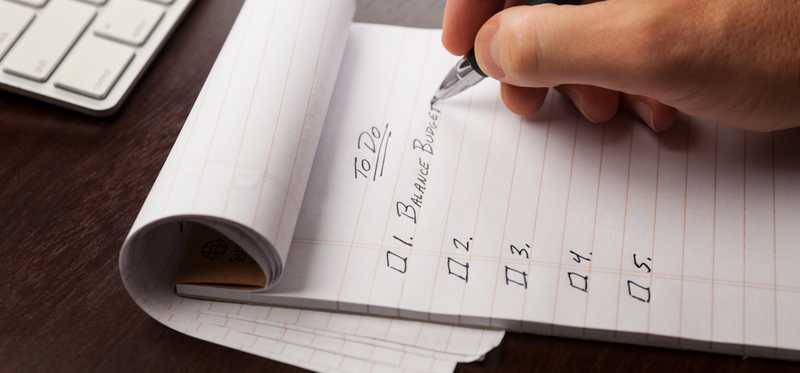
1. Take stock of your situation
If you have high-interest debt, the first step to take is to figure out how deep of a hole you're in.
That means making a list of all the creditors you owe, the amounts you owe, the minimum payments on each debt, and the monthly interest rate.
Taking this step will give you a good idea of how much money you'll ultimately need in order to become debt-free -- and of how much interest you'll pay until you've accomplished that goal.
Previous
Next
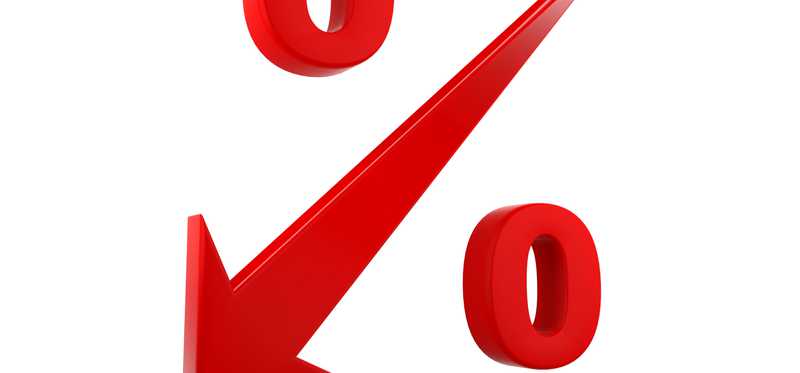
2. Explore refinancing options
You don't have to just accept that you're stuck with a high interest rate forever once you've borrowed from a lender that charges you a lot to borrow.
In many cases, you can refinance to reduce the rate you're paying. This usually involves taking out a new personal loan at a lower rate than your creditors are charging you currently.
If you're able to refinance to a loan with a lower rate, payoff should be cheaper and easier.
Previous
Next
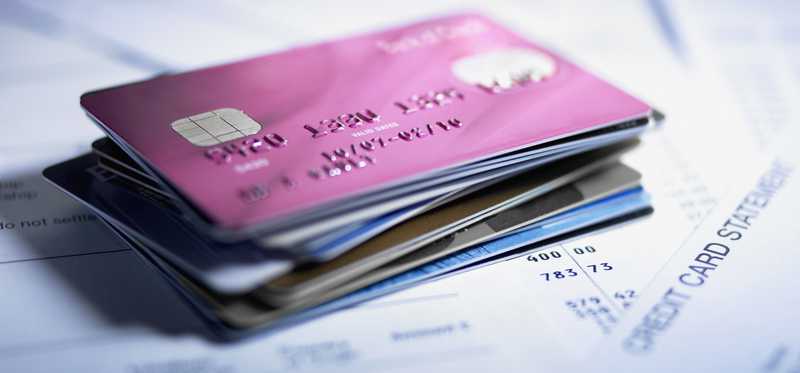
3. Consider a balance transfer
A balance transfer is another option to refinance credit card debt.
If you qualify for a balance transfer offer (either on a current credit card or a new one you apply for), you may be able to drop your interest rate all the way down to 0%.
See, balance transfer cards charge a low introductory rate for a limited time, such as 12 months. If you transfer a balance from a card charging 17% to one charging 0%, you'll be able to pay down your debt much more easily because less of your payment will go to interest.
There's a small fee associated with most balance transfers, but it may be worth paying due to how much you can drop your rate. Just be aware that if you don't pay off the card before the promotional rate ends, your interest rate could jump up dramatically.
Previous
Next
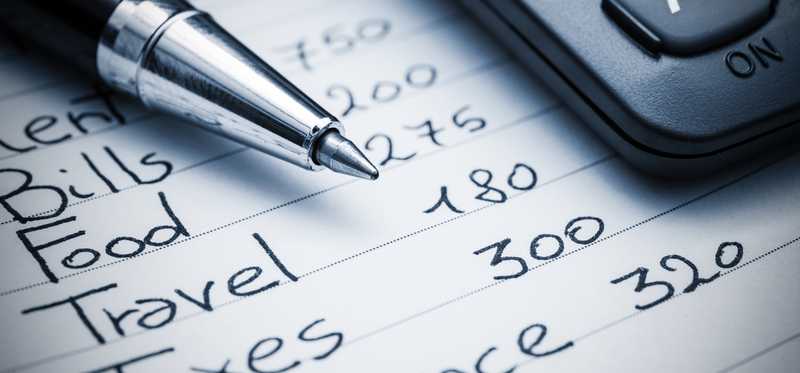
4. Make a budget that prioritizes debt payoff
To be successful at paying off high-interest debt, you need to make debt payments a high priority.
Sit down and make a detailed budget that allocates as much money as possible to paying off your debt.
You should invest enough in your company 401(k) to earn your full employer match. After doing that, devote you spare cash to debt payoff if your interest rate on your loans is above what you could likely earn by investing in the stock market.
ALSO READ: Start Investing or Pay Off Debt? 5 Times Debt Can Wait
Previous
Next
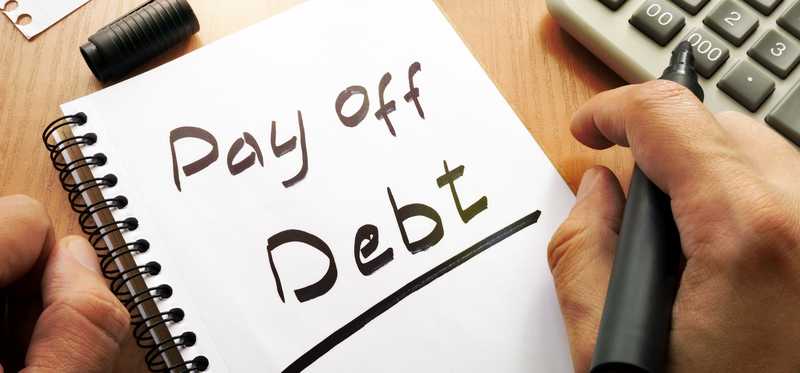
5. Choose a debt payoff strategy
You'll have a better chance of becoming debt-free ASAP if you have a plan to tackle this financial task.
There are two popular ones to choose from:
- The debt snowball involves sending extra payments to your debt with the lowest balance first so you can pay that off ASAP. Then you'd move onto your next smallest debt, and so on. The benefit of this approach is you're more likely to stay motivated due to scoring quick wins as each small balance is paid off.
- The debt avalanche involves sending extra payments to the debt with the highest interest rate first to pay off your costlier debt ASAP. You won't get the psychological benefits of quickly paying off debt, but you will save more in interest than with the snowball method.
5 Winning Stocks Under $49
We hear it over and over from investors, “I wish I had bought Amazon or Netflix when they were first recommended by the Motley Fool. I’d be sitting on a gold mine!” And it’s true. And while Amazon and Netflix have had a good run, we think these 5 other stocks are screaming buys. And you can buy them now for less than $49 a share! Simply click here to learn how to get your copy of “5 Growth Stocks Under $49” for FREE for a limited time only.
Previous
Next
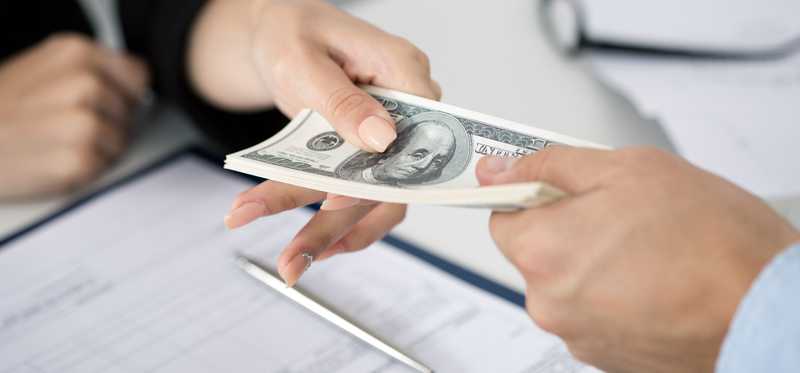
6. Make all your minimum payments
Regardless of your debt payoff strategy, you'll always want to pay the minimum amount due on every loan each month. Failure to do that could trigger late payment penalties that are costly. Your credit score would also be damaged.
Previous
Next
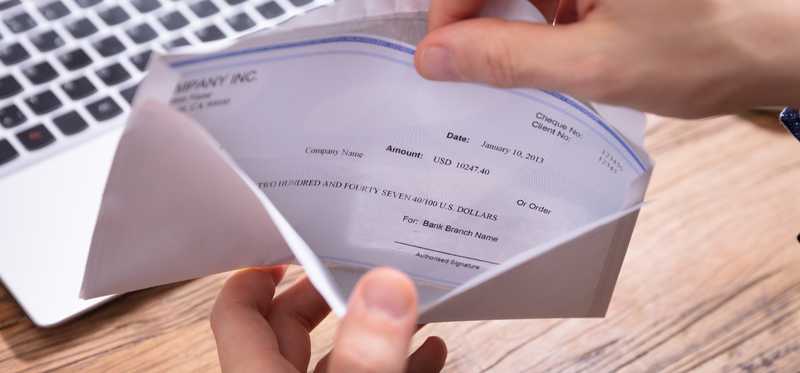
7. Pay extra to the debt you’re focusing on
Paying just the minimums isn't going to help you become debt-free quickly.
In fact, credit card minimum payments tend to be very low. If you pay only what creditors require of you, you'd likely be in debt for a very long time.
Instead, once you've made a detailed budget and looked for options to cut spending, pay as much as possible on your debt each month. Focus these extra payments on the one debt you're currently devoted to paying down -- whether that's your smallest debt or the one at the highest rate.
ALSO READ: How to Handle Credit Card Debt When You're in Too Deep
Previous
Next

8. Set up automated payments
You don't want to forget a payment and take a hit to your credit as you're working on debt payback.
You also don't want to have to force yourself each month to send most of your extra money to creditors when there are probably more fun things you'd rather be doing.
To make sure you stay on track with your debt payoff plan, automate it. Set up automatic payments for the minimums on most cards and for the minimum plus your extra payment on the debt you're currently working on paying down.
Previous
Next

9. Put found money toward your debt
When you get a stimulus check, bonus at work, tax refund, or cash gift, devote any and all of these financial windfalls to making an extra debt payment.
The more often you can make a random extra payment to reduce your principal, the faster you'll pay down your debt.
Previous
Next

10. Consider a side hustle
If you can increase your income, you'll have more money to pay to your debt and will be free of the scourge of high-interest debt sooner. This will save you on repayment costs over time.
There are a number of methods of increasing your earnings that you could try, including working overtime at your current job or taking on a side gig temporarily.
5 Winning Stocks Under $49
We hear it over and over from investors, “I wish I had bought Amazon or Netflix when they were first recommended by the Motley Fool. I’d be sitting on a gold mine!” And it’s true. And while Amazon and Netflix have had a good run, we think these 5 other stocks are screaming buys. And you can buy them now for less than $49 a share! Simply click here to learn how to get your copy of “5 Growth Stocks Under $49” for FREE for a limited time only.
Previous
Next
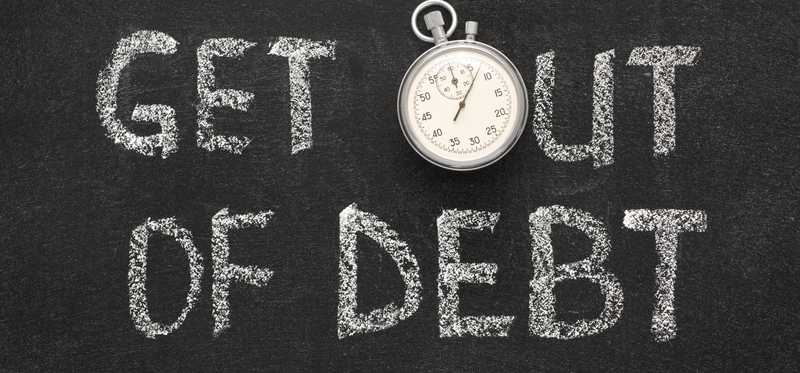
11. Roll over your minimum payments as each debt is paid down
Once you've paid off the debt that you were working on sending extra money to, redirect that payment to the next debt on your list.
If you were paying $100 a month to the credit card you'd focused on paying down plus $50 per month in minimum payments to a personal loan that's the next debt on your list, your new monthly payment would be $150 toward the personal loan.
ALSO READ: 4 Questions to Ask Before Doing a Balance Transfer
Previous
Next
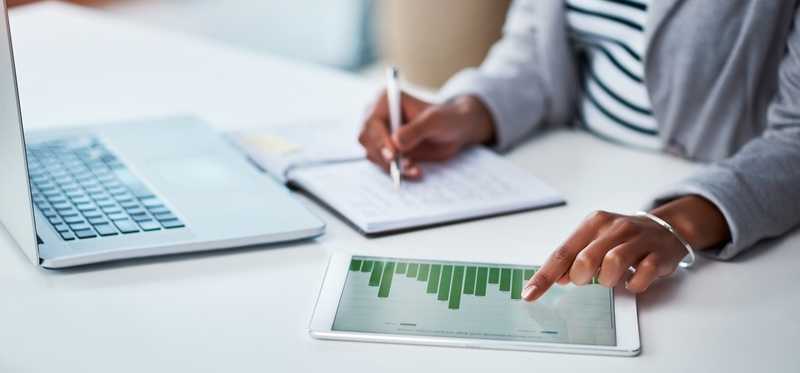
12. Track your progress
As you work on becoming debt-free, find a way to monitor your efforts. You can check your credit report and score to see how they are improving as you repay debt. And you should have some way to see how fast your debt balance is falling.
If you want to keep things simple, a spreadsheet is a good tool to keep tabs on your declining balance.
But you can also get creative, such as using a picture of a thermometer that you color in each time you get closer to paying your balance in full or building a Lego tower that represents your debt and taking off one Lego for each $100 paid.
Previous
Next

13. Celebrate small wins
Paying down debt can be a long slog, especially if you have a lot of high-interest debt. By celebrating your accomplishments along the way, you'll increase the chances you stick with your payoff program.
You could do this by buying a very small and inexpensive treat when you hit certain milestones, or by finding some other way to reward yourself that you're excited about.
Previous
Next

14. Get an accountability buddy
Another good way to stay on track with debt payoff is to enlist the help of a partner.
If you have a spouse and you're working on debt payoff together or a friend hoping to accomplish other goals, keep each other updated on your progress.
By scheduling regular check-ins, you'll feel more inclined to stick to your payoff plan even when doing so requires sacrifice.
5 Winning Stocks Under $49
We hear it over and over from investors, “I wish I had bought Amazon or Netflix when they were first recommended by the Motley Fool. I’d be sitting on a gold mine!” And it’s true. And while Amazon and Netflix have had a good run, we think these 5 other stocks are screaming buys. And you can buy them now for less than $49 a share! Simply click here to learn how to get your copy of “5 Growth Stocks Under $49” for FREE for a limited time only.
Previous
Next
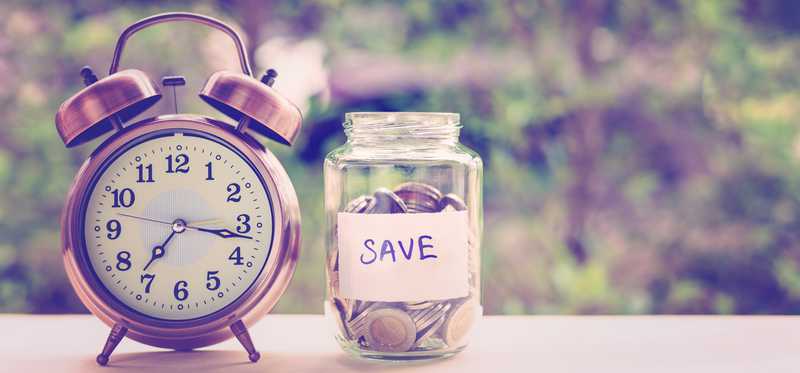
15. Plan what you’ll do after becoming debt-free
Once you've paid off your high-interest debt, you can do all sorts of great things with your money. You can save more for retirement or accomplish other financial goals you've been putting off.
Thinking ahead about how you'll redirect the money you're currently sending to creditors can help make you even more excited about climbing out of debt. That could mean you work even harder and are more likely to stick to your plans.
ALSO READ: How Much Should You Save for Retirement? Ask Yourself These 4 Questions to Find Out
Previous
Next
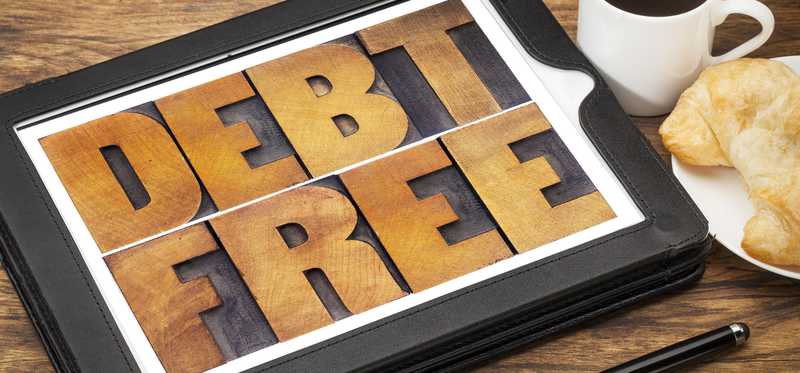
Debt freedom is within reach
By following these 15 steps, you can hopefully pay off your high-interest debt very quickly and get started on the next chapter of your financial life.
Get started today so you can soon say goodbye to your creditors for good.
The Motley Fool has a disclosure policy.
Previous
Next
Invest Smarter with The Motley Fool
Join Over Half a Million Premium Members Receiving…
- New Stock Picks Each Month
- Detailed Analysis of Companies
- Model Portfolios
- Live Streaming During Market Hours
- And Much More
READ MORE
HOW THE MOTLEY FOOL CAN HELP YOU
-
Premium Investing Guidance
Market beating stocks from our award-winning service
-
The Daily Upside Newsletter
Investment news and high-quality insights delivered straight to your inbox
-
Get Started Investing
You can do it. Successful investing in just a few steps
-
Win at Retirement
Secrets and strategies for the post-work life you want.
-
Find a Broker
Find the right brokerage account for you.
-
Listen to our Podcasts
Hear our experts take on stocks, the market, and how to invest.
Premium Investing Services
Invest better with The Motley Fool. Get stock recommendations, portfolio guidance, and more from The Motley Fool's premium services.